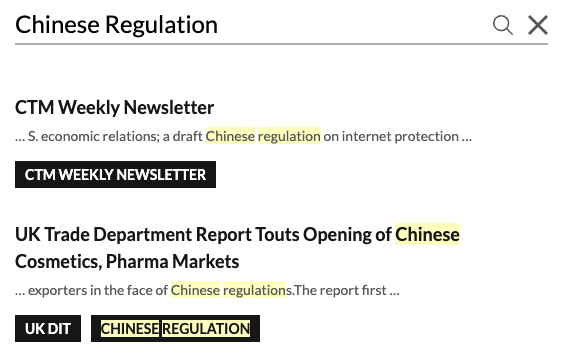Earlier this week, the European Commission announced the publication of its first report on foreign direct investment screening since the new EU screening regulation came into force a year ago. The report offers a broad overview of the operation of the regulation, and in that context provides a bit of data showing declines in Chinese investments in the EU but a continued strong presence.
As explained in the announcement, the Commission screened 265 transactions notified by EU member states between October 2020 and June 2021. With regard to the country of origin of these transactions, the number of investors from China was the third highest, following the United States and the United Kingdom.
Overall, the report found that in 2020, the largest share of foreign investments in Europe originated in the U.S. and Canada, with nearly 35% of M&A transactions and 44% of greenfield projects, followed by the UK with 30.5% and 21% respectively. China was the fourth largest foreign investor in the EU, after the U.S., UK and Switzerland, with 2.5% of the M&A transactions (which was down from 4% in 2019) and 7.5% of greenfield projects.
At the same time, the report notes that, "[w]hile accounting for a relatively small share of deals, Chinese companies increased their presence in the EU considerably in the past years." During the three years prior to the pandemic, "Chinese M&A in EU grew by 26.1% as compared to the previous four years, despite the deceleration of Chinese GDP growth."
The report also says that "Chinese outward investment deals into Europe have sharply slowed down starting from November 2019, i.e. two months prior to the lock-down in Wuhan (China) at end-January 2020." In mid-2020, "Chinese M&A activity in the EU declined by 62.5% as compared to 2019, and M&A transactions in the first quarter of 2021 are failing to take off (as contrasted against greenfield investments which display positive year-on-year growth)."
The report then set out some reasons for the slowing of Chinese foreign investments, as follows:
Together with COVID-19, continuing political tensions between the US and China, and the reshoring of global value chains, largely exposed to China to avoid geopolitical and tariff fallout, also slowed down such Chinese foreign investments.
On the other hand, it also saw reasons for a future increase in Chinese foreign investments:
However, the appetite of Chinese investors for high tech sectors is likely to increase and could shape future FDI flows from and to China. Since 2013, about 80% of the greenfield projects and 74% of the M&A transactions have been in sectors linked to “Made In China 2025”, and the new Chinese multi-annual plan presented in March aims at boosting an innovation-led growth model.
With regard to manufacturing, the report noted that for the period observed (2019-Q1 to 2021-Q1), "US, China and Japan have been the main non-European investors in manufacturing," with about 61% of all Chinese deals in the EU involving companies in the manufacturing sector.

